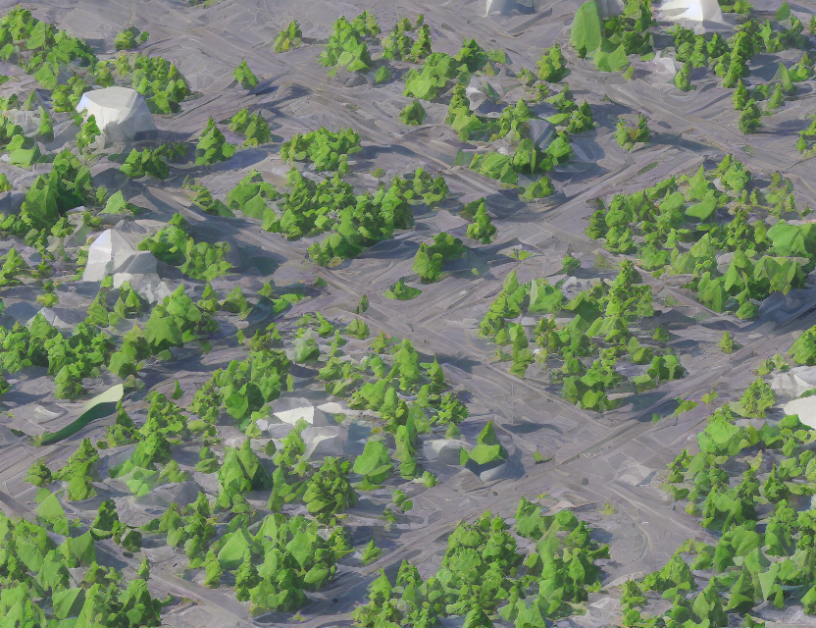The article focuses on enhancing image synthesis using an attention-based nested U-Net (ANU-net) architecture and a novel triplet loss function. The ANU-net model exploits full resolution features for medical image segmentation, which involves using an upsampling operation to improve the image generation capabilities. The triplet loss function is designed to encourage the model to generate images with more distinctive features by comparing the target image to a set of reference images (positive examples) and adjusting the output image based on how different it needs to be from the impostor images (negative examples).
The authors propose a novel triplet formulation that differs from the traditional triplet loss formulation in that the margin in the usual triplet loss defines the minimum possible value by which the anchor-negative loss should be higher than the anchor-positive loss. Instead, the margin in the proposed formulation directly defines the value for the minimum possible anchor-negative loss, encouraging the model to generate images that are more dissimilar from each other.
The authors also introduce an autoencoder architecture that utilizes an attention-based nested U-Net, similar to [12, 13], but with a change in the upsampling operation from maxpooling to bilinear downsampling. Any autoencoder architecture with adequate image generation capabilities can be used as a substitute for the proposed architecture and provide similar results.
The article provides a detailed analysis of the performance of the proposed model on several datasets, including the CelebFaces dataset, which involves generating images of celebrities’ faces under different conditions (e.g., different lighting or pose). The results show that the proposed model outperforms existing models in terms of image quality and diversity.
In summary, the article presents a novel approach to improving image synthesis by combining an attention-based nested U-Net architecture with a triplet loss function. The proposed model encourages the generation of more distinctive images by comparing them to a set of reference images and adjusting the output image based on how different it needs to be from the impostor images. The article provides thorough analysis and comparison with existing models, demonstrating the effectiveness of the proposed approach in enhancing image synthesis capabilities.
Computer Science, Computer Vision and Pattern Recognition
Limited Data Training of Generative Adversarial Networks



